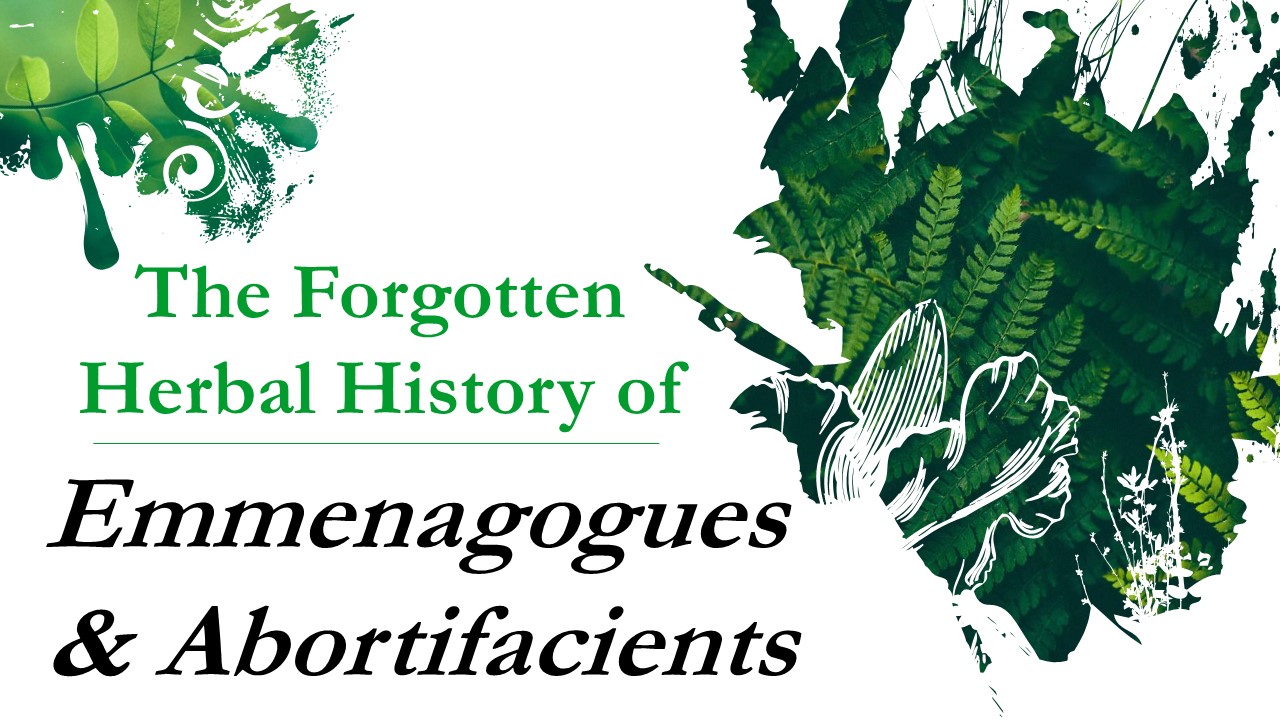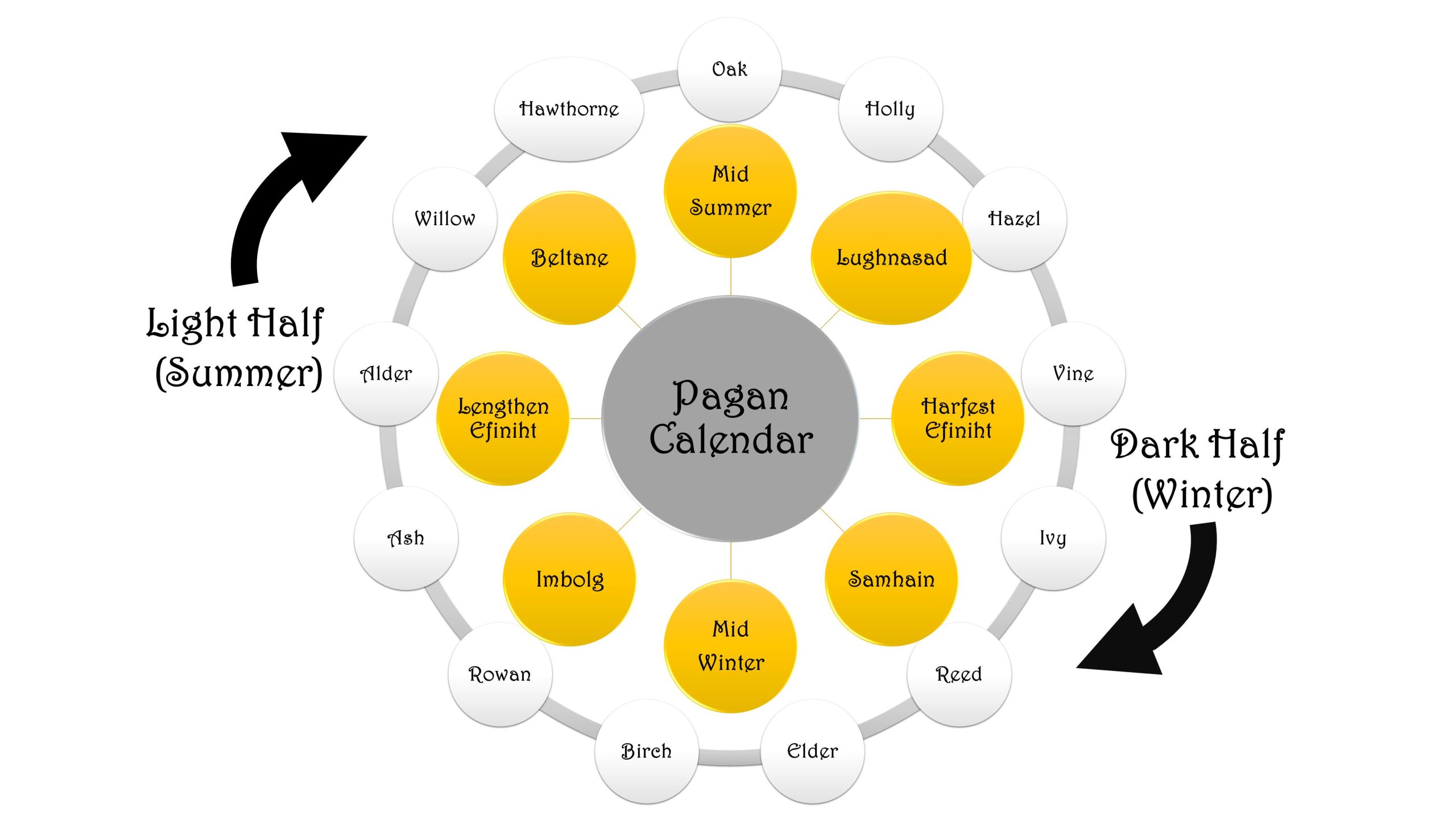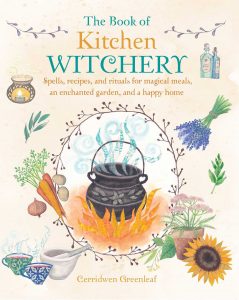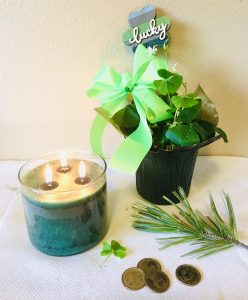 Early Germanic calendars were lunisolar, meaning they combined both lunar and solar aspects. In the Runic calendar, the New Year begins with the first full moon after the winter solstice. The first month of the year is Aefterra Geola (After Yule). The last month of the old year begins with prior full moon and was called Aerra Geola (Early Yule).
Early Germanic calendars were lunisolar, meaning they combined both lunar and solar aspects. In the Runic calendar, the New Year begins with the first full moon after the winter solstice. The first month of the year is Aefterra Geola (After Yule). The last month of the old year begins with prior full moon and was called Aerra Geola (Early Yule).
Multiple sources attest to the importance of the winter solstice in determining the New Year. However, it’s less clear as to whether or not Yule was celebrated specifically on the solstice. Since the Germanic calendars were set according to the timing of the solstice, there is a good argument in favor of holding Yule in conjunction with the solstice. However, there are other traditions to consider. Continue reading



 Some people just won’t take no for an answer. Members of Doug Wilson’s cult fall into that category. The rogue pastor preaches that slavery should be legal, husbands should beat their wives, women should not be allowed to vote, and sexual assault is a man’s right. Their goal is to achieve a whites-only, Christians-only community, and they will stop at nothing to get it.
Some people just won’t take no for an answer. Members of Doug Wilson’s cult fall into that category. The rogue pastor preaches that slavery should be legal, husbands should beat their wives, women should not be allowed to vote, and sexual assault is a man’s right. Their goal is to achieve a whites-only, Christians-only community, and they will stop at nothing to get it.

 I’m in the process of removing an enormous shrub in my backyard and planting a fairy garden in its place. Quite a bit of thought has gone into deciding which plants to include and how they should be arranged. Shamrock was one of the plants I settled on.
I’m in the process of removing an enormous shrub in my backyard and planting a fairy garden in its place. Quite a bit of thought has gone into deciding which plants to include and how they should be arranged. Shamrock was one of the plants I settled on.